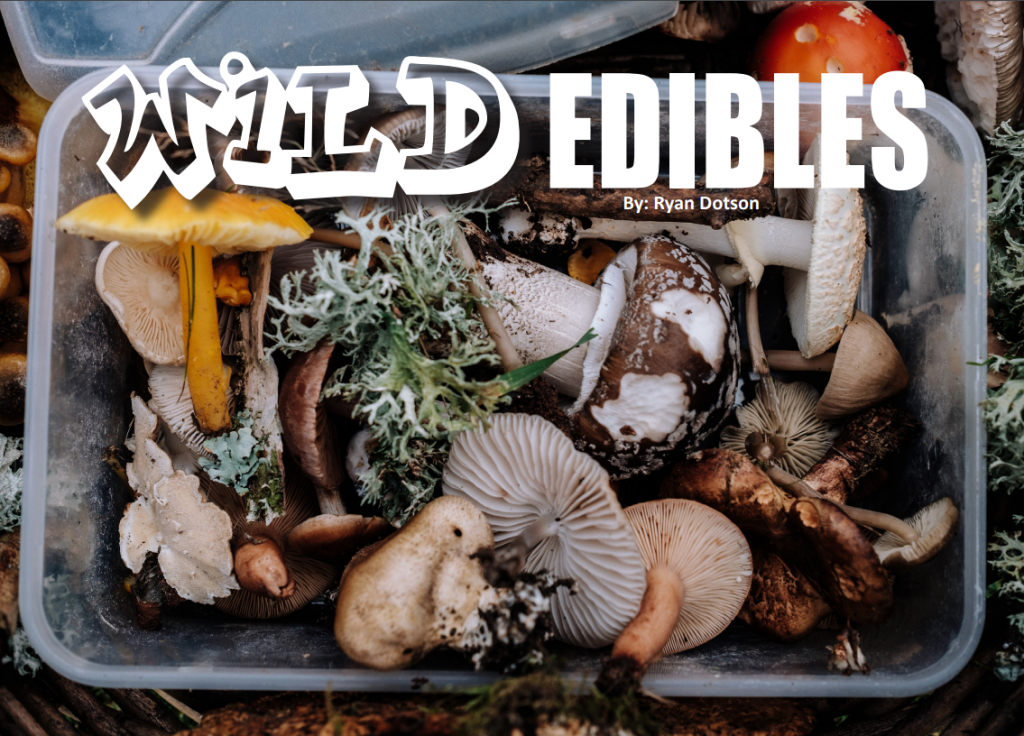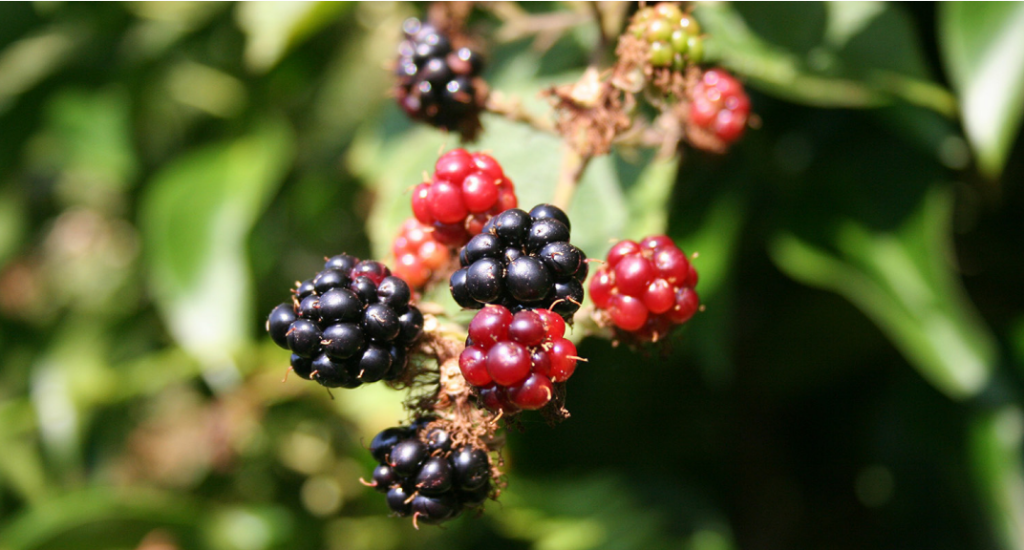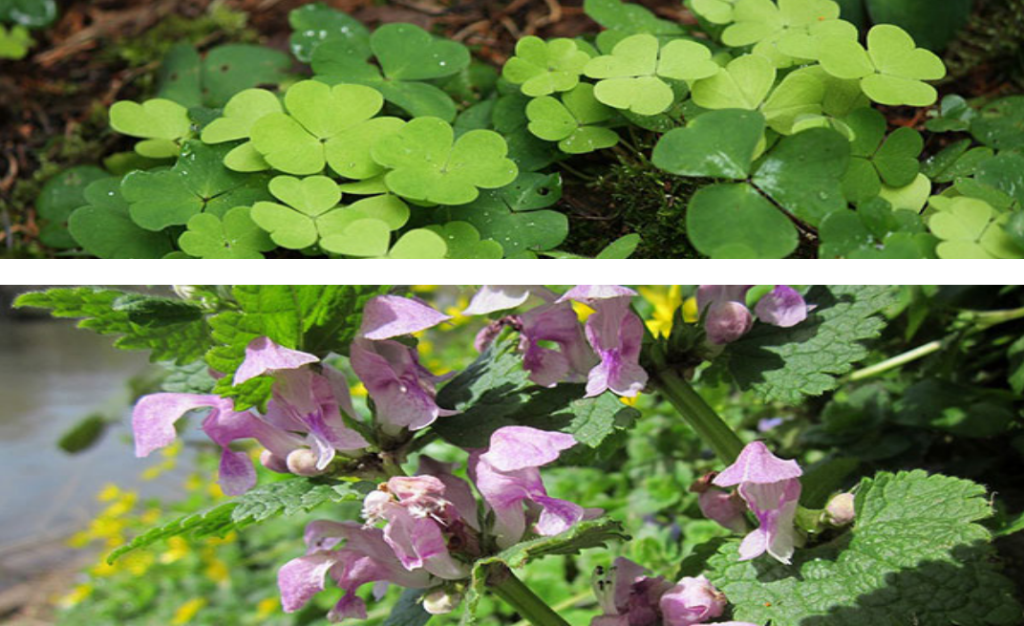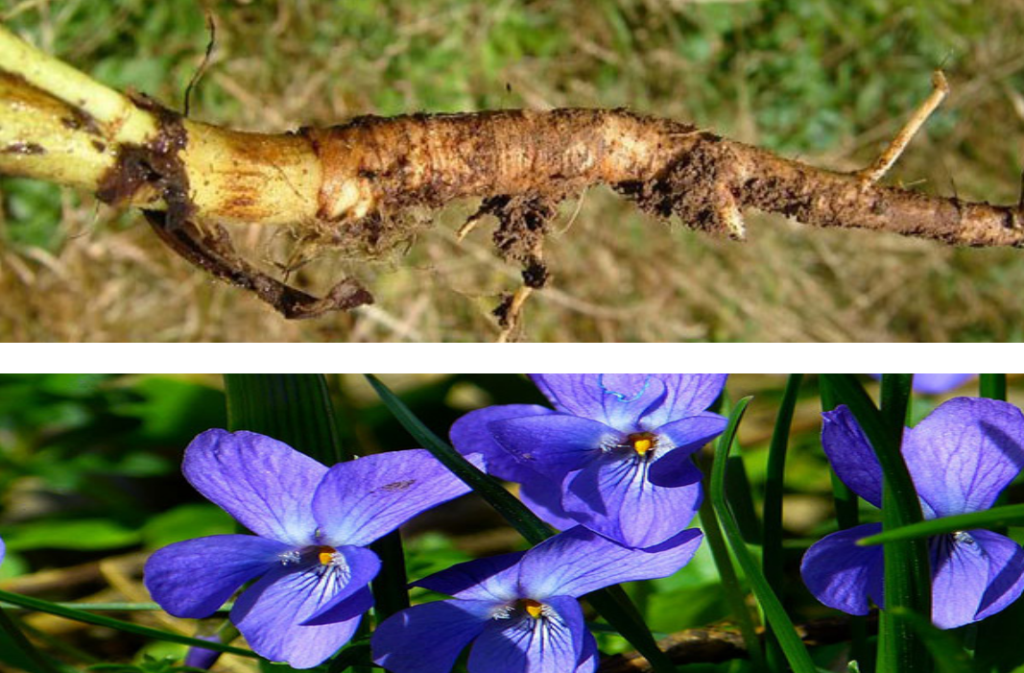SDN has moved again!
Subscribe to our RUMBLE channel
 When you get into a survival situation, you will have several priorities. The four pillars of survival are food, water, fire and shelter. You see plenty of survivalists go after food right away, but why? You can only survive three hours from exposure to the elements. This means shelter and fire are vital. You can only survive three days without water, so you have to find and purify water. You can survive three weeks without food. So why does it matter so much?
When you get into a survival situation, you will have several priorities. The four pillars of survival are food, water, fire and shelter. You see plenty of survivalists go after food right away, but why? You can only survive three hours from exposure to the elements. This means shelter and fire are vital. You can only survive three days without water, so you have to find and purify water. You can survive three weeks without food. So why does it matter so much?
Why Food?
It seems that every time you watch a survival show or read an article they focus on hunting. They emphasize making a spear or making a bow to take down wild game. Food is important for more than just staying alive. As your body goes without food, it starts to eat itself. At first you will notice that the body burns fat reserves. You will get irritable and weak, with pain in parts of your body. Then, the body starts to consume muscle mass. You will become clumsy and unable to complete simple tasks.
As this process continues, your body will move on to consuming organ tissue. This can start to shut down your liver and kidneys, and will even significantly reduce your brain size. Severe depression can set it making it hard to reason. You could easily make a lethal mistake or decide to give up entirely. If not, organ failure can make it impossible to continue. Worst of all, food maintains psychological morale. If you get a meal at the end of a hard day, it can encourage you to keep pushing. Without that morale, it is tough to survive.
Why Wild Edibles?
Finding food in a survival situation can be very difficult. Hunting can be dangerous, expend large amounts of calories, and has a very low success rate. Trapping requires a huge amount of skill, and still has a low success rate. Fishing is a good option where water sources are available, but is still very unpredictable. In addition, primitive fishing often requires you to physically get into the water. This can be dangerous in cold climates.
However, foraging for natural resources has a huge success rate.
If you are simply trying to fill your belly with calories, vitamins, minerals and carbohydrates, foraging is the way to go. You can spend 20 minutes in the wild looking for food and come back with pounds of resources. While there is limited protein available in wild edibles, you can often find all of the other elements you need. It is not risky, not dangerous and not time consuming if you know what plants to search for.
The other beautiful aspect of searching for wild edibles is that you can do it while on the move and while working on other projects. You can simply pick plants as you walk through the wild and eat them or save them for later. However, if you do not know the plants in your area, you are better off leaving them alone. Eating the wrong plant can lead to illness or even death. Take the time to study the plants in your area, and you will always have a food source.
General Rules for Wild Edible Foraging
There are plenty of survivalists that refuse to discuss this subject because the wrong information could easily kill a person. In addition, plant identification is largely regional. That being said, there are rules that apply to any region.
Mushrooms
My most general recommendation for mushrooms is to avoid them unless you are positive about your identification. There are several types of mushrooms that look alike, and I, personally, am not an expert. If you are like me, stick to just the varieties you know best.
For example, I am positive that I can identify morel mushrooms and that they are safe to eat. Outside of that, I stay away. I was on a long distance survival challenge last fall and must have passed up at least a dozen different types of mushrooms because I could not positively identify them.
Berries
Many survivalists will go after berries because they are tasty and are a good source of sugars and calories. However, they can be just as deadly as mushrooms if you do not know your colors. Black or blue colored berries are alright to eat roughly 90% of the time. Red colored berries are a safe food source about 50% of the time.
 White or yellow colored berries are only safe to eat about 10% of the time. In our area I know that the safest bets are blueberries, blackberries, mulberries, autumn olive berries and strawberries. For example, during my first survival challenge I stumbled upon a grove of autumn olive trees. I must have eaten hundreds of those sweet, red berries because I knew what they were.
White or yellow colored berries are only safe to eat about 10% of the time. In our area I know that the safest bets are blueberries, blackberries, mulberries, autumn olive berries and strawberries. For example, during my first survival challenge I stumbled upon a grove of autumn olive trees. I must have eaten hundreds of those sweet, red berries because I knew what they were.
Nuts
Most nuts in the wild are either rotten or highly acidic. They are rarely toxic, but may upset your stomach. If they do not look rotten, try a bit on your tongue. If it is bitter, they need to be boiled and strained two or three times before being eaten. In many cases, they are not worth the effort. However, if you find a grove of trees producing nuts that are good to eat, then you have an excellent source of protein and fats.
Leafy Greens
There are dozens of leafy green plants that are fine to eat, but they are low in calories. Any plants that have a foul smell, waxy coating, or thorns are probably best to avoid. In addition, many plants are safe to eat, but so acidic that they could make you vomit. If it smells good and tastes good, it is probably okay to eat.
There are a few general steps to testing a plant before consuming large amounts. First, crush some up and rub the fluid on the inside of your wrist. Wait 15 minutes, and if there is no reaction apply the same fluid to your inner lip. If there is no reaction after 15 minutes, chew up the paste and spit it out without swallowing. If the taste is foul, you are probably best to move on. It may not kill you, but will likely upset your stomach.
After 15 more minutes without a reaction, you are safe to consume a small amount of the plant. If you make it 15 more minutes and are not sick, you can consume a larger amount. However, when in the wild you should consume everything in moderation. If you have gone days without food or water, you can make yourself sick on any food source.
Specific Wild Edible Plants
While most plants are limited to a certain part of the world, there are a few exceptions. These plants are easy to identify and can be found in most of the world outside of frozen regions. It is helpful to know these plants in addition to the ones specific to your area. You never know when you might be forced to survive half way around the world. Here are plants to which you should pay special attention.
Dandelions
These plants have a saw-toothed leaf and a bright yellow flower. The greens are often used in salads along with the flowers. The stems have a bitter taste, but do a good job of cleaning out your system.
Clover
This plant grows in patches and has three round leaves. During a short window in the summer it has a small, white flower. The whole plant is edible, but they are small so it takes a while to collect a decent amount.
Plantain
This is not the banana-like starch found in the tropics, but instead a broad-leafed green found in sunny meadows. It often has waxy leaves and seed pods stretching high above the leaves. The leaves are safe to eat and medicinal, but are quite bitter.
Chickweed
This plant grows in patches close to the ground in the shade or sun. The leaves are tiny and often the shape of a mouse’s ear, white the stems are long and stringy. It is a tasty green and also a natural pain reliever. It even will grow under the snow.
Wood Sorrel
This is one of my favorite wild edibles as it has a distinct lemon flavor. The leaves are small and heart shaped, while the flower has several white or yellow petals.
 Henbit
Henbit
This plant grows in the early spring with a tall stalk and a purple flower. You can see it turn the fields purple for a few weeks in my area. The whole plant is edible and the flowers are sweet. It will start growing in the winter, even under snow.
Burdock
This plant has long stalks resembling rhubarb that stretch several feet in the air. The leaves are huge and spade shaped. In some areas it has a spiny purple flower. The root of the plant is the only part that is safe to eat, and tastes like a cross between a potato and a carrot. It can be boiled or eaten raw.
Bull Kelp
This sea-born plant can be found along the shore in many parts of the world. It is typically yellow or brown, tubular and hollow. It can be eaten raw or cooked.
Fiddlehead Ferns
These immature ferns are found in forests rich in moisture. They are only a few inches tall and curled around like the head of a violin. These are considered a delicacy in most of the world.
Wild Carrots
The tops of these root vegetables looks much like a farmed carrot. However, there is a poisonous look-alike. Smell the tops and they will smell like a carrot if they are safe. You are best to just eat the roots, but technically the whole plant is edible.
 Violets
Violets
These plants have heart shaped leaves and grow in shady areas. They have a mild flavor and grow a bright purple flower for a few weeks in the springtime.
Wild Onions/Garlic
These two plants look similar but have distinctive smells. The shoots stick well up above the other grasses and are hollow when cut. You can eat the tops or dig up the bulbs.
Watercress
This plant grows in streams along the bank in dense patches. It typically has round leaves, and its peppery taste is great for a salad.
Miner’s Lettuce
This is another round leafed plant, but grows in shady areas low to the ground. Sometimes the leaf is more spade shaped and has a small, white flower.
Cattail
This plant is often seen on the edges of bodies of water and has the distinctive elongated, brown seed pods. At the base of the plant is a tender, white shoot that can be eaten raw or cooked.
Final Thoughts
It is important that you become familiar with these plants well before you are forced into a survival scenario. Many of them can be found right in your back yard. Just be sure you do not pull plants that could have been exposed to any chemicals. There are two great ways to become familiar with these plants. You can start to incorporate them into your daily diet. Instead of buying spinach or other greens, go for a walk and collect some wild edibles. This will ensure you figure out which ones you like and which you do not. You can also go on camping or hiking trips and add to your meals by collecting along the trail. Practice is always the best way to ensure the knowledge sticks.
Also, be aware that some people could have an allergic reaction to wild edibles just like some people are allergic to plants from the grocery store. If you notice your lips swelling or your throat getting scratchy, take some Benadryl and do not eat any more. It is smart to use the plant testing method for each plant the first time you use it. Do not hesitate to see a doctor if your reaction gets worse. That being said, these plants are virtually all reaction-free. Take the time to get out there and learn about these plants, and they could save your life.
